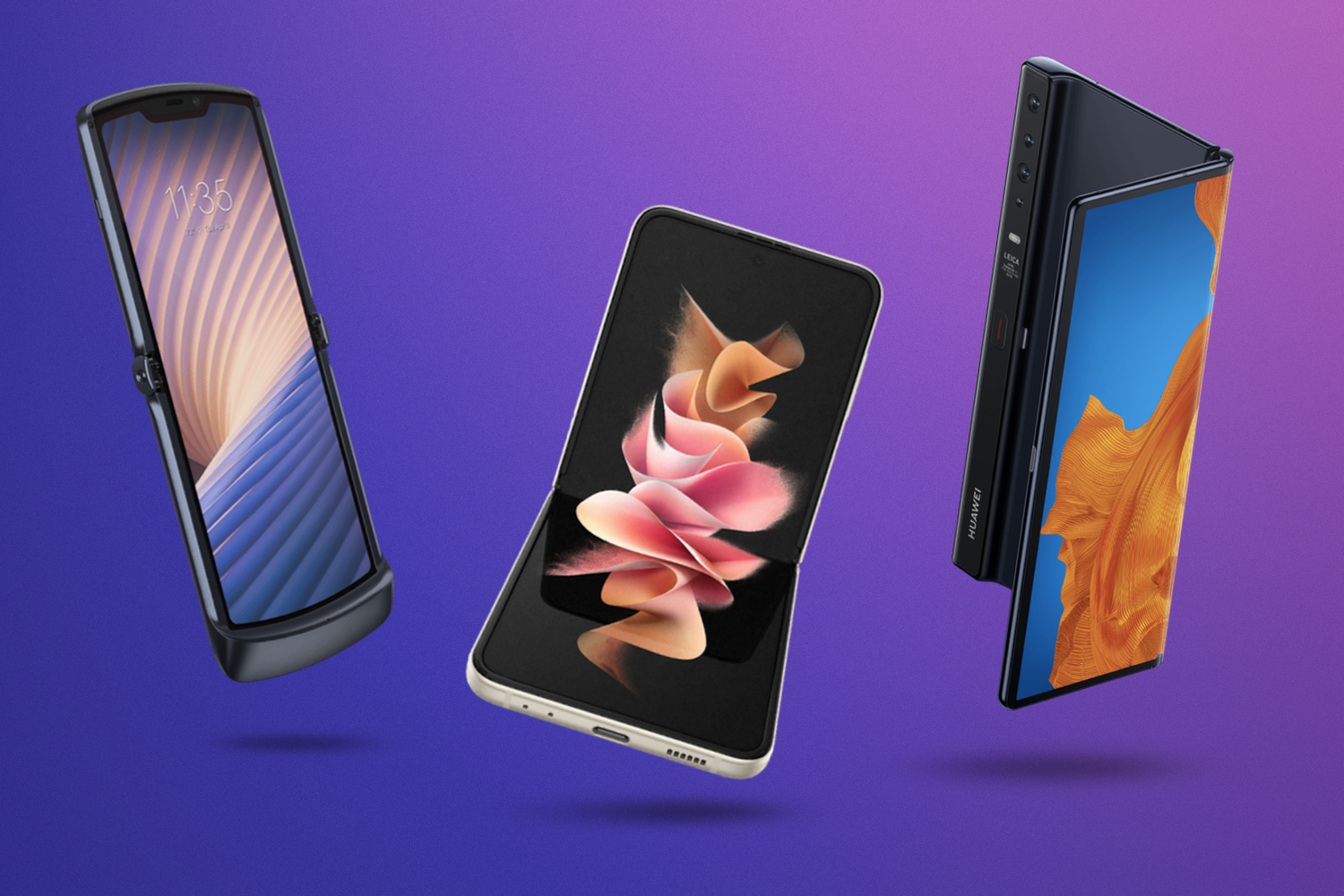The smartphone has become an undeniable extension of ourselves. But what if our trusty companions could transform, offering a larger canvas for work and entertainment without sacrificing portability? Enter foldable phones, the innovative devices redefining the mobile experience. Let’s delve into the world of foldable phones, exploring their inner workings, durability, and the unique blend of advantages and disadvantages they present.
Unveiling the Magic: How Foldable Phones Work
The magic behind a foldable phone lies in its hinge and display technologies. Unlike traditional glass displays, foldable phones utilize flexible OLED (Organic Light-Emitting Diode) panels. These ultra-thin displays are made of plastic substrates that can bend without cracking.
The Hinge is King: The hinge mechanism is a marvel of engineering, ensuring a smooth folding experience and protecting the display. Here are two common hinge designs:
- Hinge with a Gap: This design folds the phone inwards, leaving a small gap between the halves when closed. It offers a simpler mechanism but might raise concerns about dust or debris entering the gap.
- Hinge with a Flush Fold: This more complex design allows the phone to fold flat without a gap, providing a more seamless look and potentially better protection.
Durability Dilemmas: While foldable displays are constantly improving, they are still more susceptible to scratches and creases compared to traditional glass displays. The hinge itself, with its intricate moving parts, also raises questions about long-term durability. Manufacturers are addressing these concerns with advancements in materials and engineering, but long-term testing is still ongoing.
Advantages: Unfolding a World of Possibilities
The foldable form factor unlocks exciting new ways to interact with your phone:
- Enhanced Productivity: Unfold the phone to reveal a tablet-sized screen, perfect for working on documents, spreadsheets, or creative projects on the go.
- Immersive Entertainment: Enjoy movies, games, or video calls on a larger, more immersive display, transforming your phone into a mini entertainment center.
- Increased Portability: Despite the larger screen real estate, foldable phones remain compact when closed, easily fitting into your pocket – the best of both worlds!
Disadvantages: The Folds in the Story
While innovative, foldable phones come with their own set of considerations:
- Higher Price Point: The pioneering technology and complex engineering make foldable phones significantly more expensive than traditional smartphones.
- App Optimization: Not all apps are currently optimized for the foldable form factor, leading to potential layout issues or limitations.
- Durability Concerns: As mentioned earlier, the foldable display and hinge are more vulnerable to damage compared to traditional phones.
The Future of Folds: A Brighter Display
Foldable phone technology is still evolving, but the future looks bright. Manufacturers are constantly innovating with new materials, hinge designs, and software optimizations. We can expect:
- Improved Durability: Foldable displays and hinges will become more resistant to scratches, creases, and everyday wear and tear.
- Reduced Price Point: As production scales up and technology matures, foldable phones will become more affordable, potentially reaching a wider audience.
- Enhanced App Integration: App developers will prioritize optimizing their creations for the unique foldable form factor, unlocking the full potential of the larger screen.
Folding Up: A Final Thought
Foldable phones are more than just a gimmick; they represent a paradigm shift in mobile technology. While challenges remain, the potential benefits are undeniable. Whether you’re a productivity powerhouse, an entertainment enthusiast, or simply someone who appreciates innovation, foldable phones offer a glimpse into the future of mobile interaction. As the technology matures and the price point becomes more accessible, foldable phones might just become the new standard, transforming the way we experience the mobile world.



